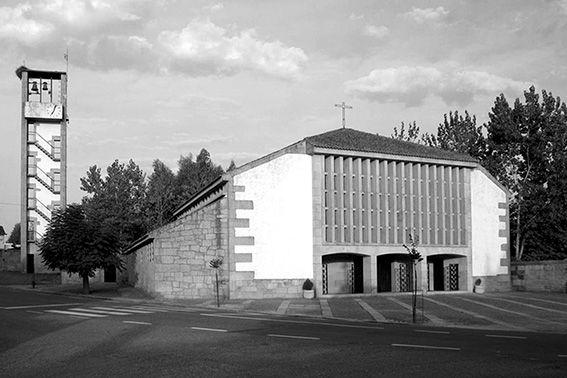The Renewal of Religious Architecture in Portugal during the 20th Century
DOI:
https://doi.org/10.17979/aarc.2007.1.0.5028Keywords:
portugal, Nuno Teotonio Pereira, religious architecture, MIARAbstract
The analysis that I will do of the renewal of religious architecture in Portugal during the 20th century is one of the many possible ways of dealing with this issue. I will depart from an architect, Nuno Teotonio Pereira and from three works, three churches that he designed. I think it is a possible point of view, which reflects well the intention and the strong desire to change the religious architecture that existed in Portugal, also because it was the first serious attempt that was made, say, in the field of the second modernity. The first modernity, which developed during the 1920s and 1930s, has some examples of this type in Portugal, but they are few. In a second wave, during the forties and fifties, appears Nuno Teotonio Pereira, a young architect who obtained the title in 1948 and already in 1949 projects a temple that is very significant of this willingness to change the way of projecting and building churches.
Downloads
Metrics
















